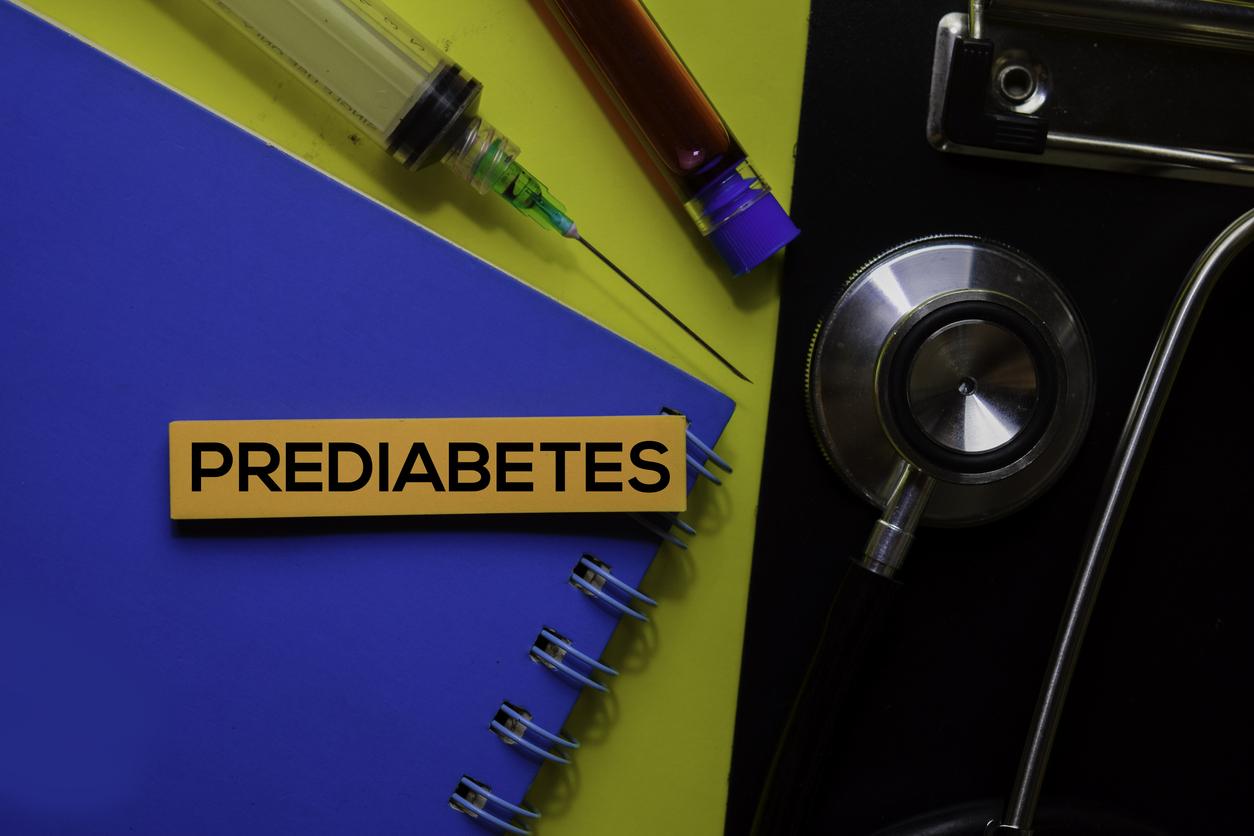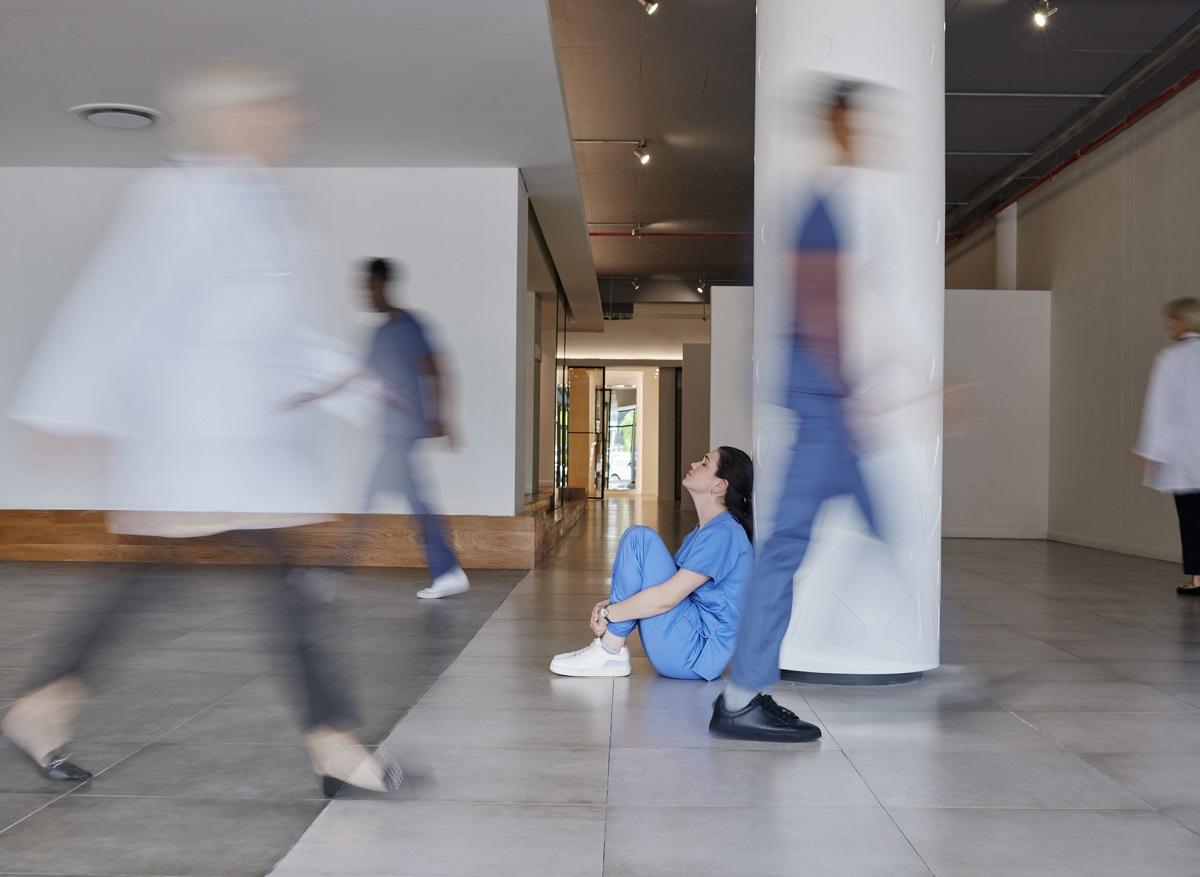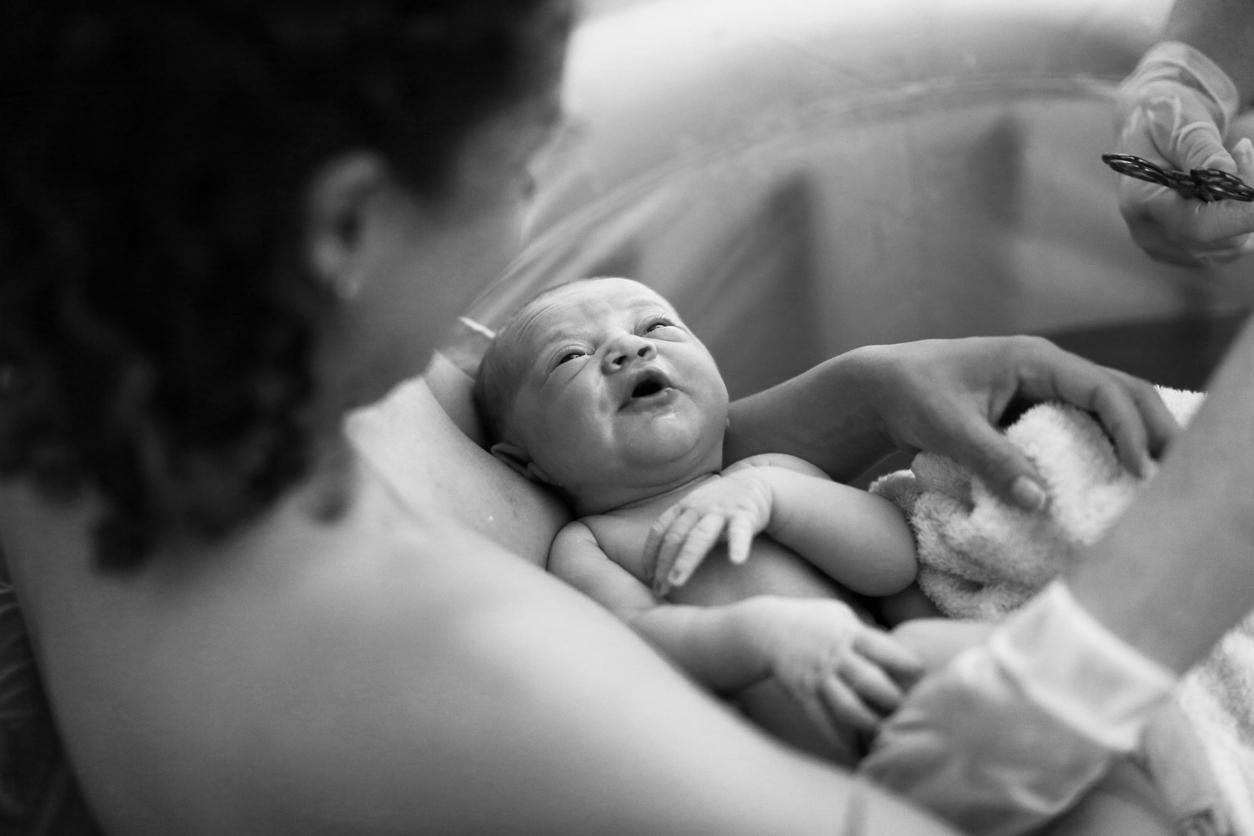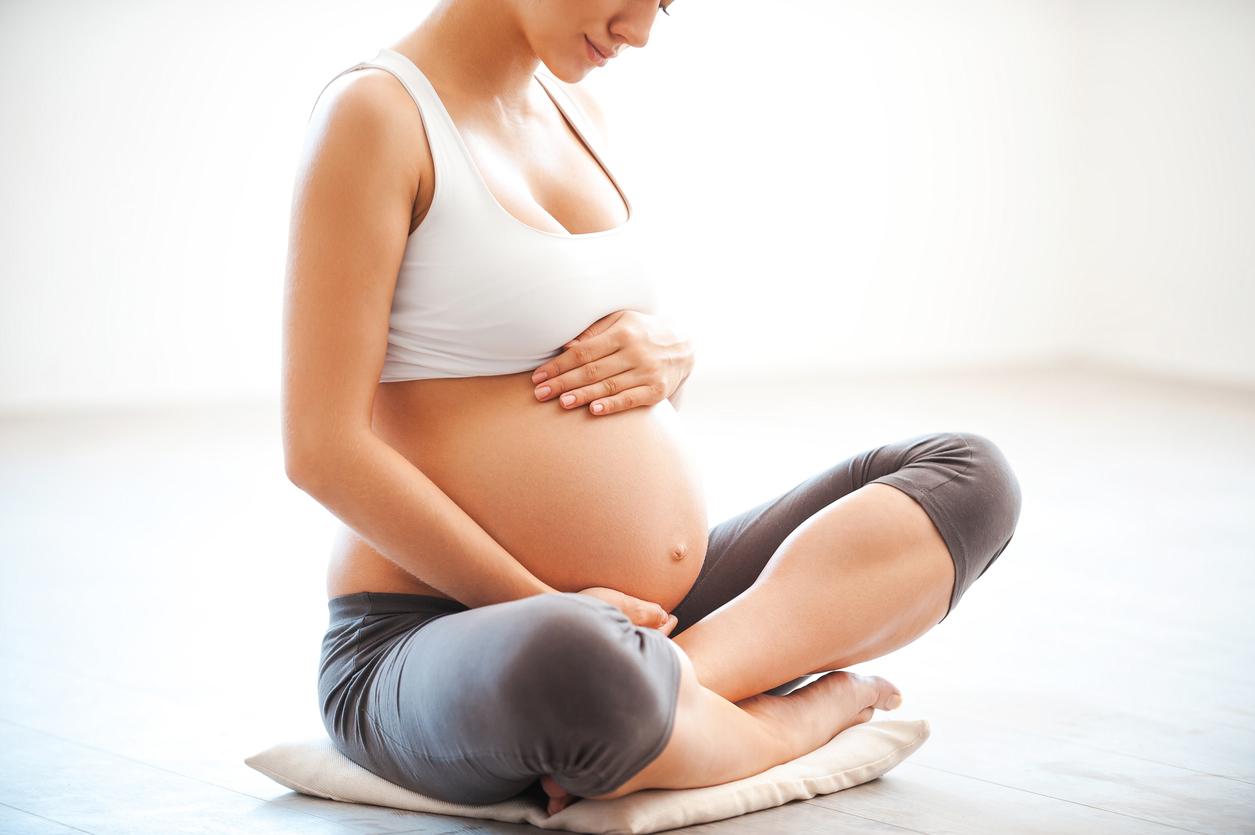Seven years ago, the High Authority for Health (HAS) advised against strong abdominal expression, or pressure from the caregivers on the pregnant woman’s belly to speed up the delivery. Today, the interassociative collective around birth (Ciane), draws up an inventory and publishes a investigation, launched in February 2011. The results are not the best: in 2013, abdominal expression was first applied childbirth on three. If the rate fell after the recommendations of 2007, it started to rise again in 2012.
However, the HAS explaining that this practice “does not systematically avoid the use ofinstrumental extraction or cesarean section. And she can delay the decision. “Moreover, Ciane’s investigation reveals that the (slight) decrease in the number of abdominal expressions did not lead to greater recourse to instrumental extraction. Private establishments seem to be practice it more often (38%) than public establishments (25%).
Review practices
Badly experienced by the patient and those around her, the abdominal expression often includes persistent pain after childbirth, bruises (bruises) and, sometimes, rib fractures and perineal lesions.
However, “consent was only requested in 18% of cases, in flagrant contradiction with the rights of patients,” notes the group. As a result of these findings, Ciane asks “that establishments, in particular private ones, review their practices quickly to bring them into line with the recommendations of the HAS.” In the event of abdominal expression, caregivers must faithfully inform the risks associated with this practice and seek consent.





-1730888646.jpg)












